Choosing the absolute highest quality healthy cooking oils is crucial for both the taste of your food and your health. Low-quality refined oil is one of the most harmful foods that can be consumed, and unfortunately, it lurks everywhere in the packaged food and convenience food world and restaurants too.
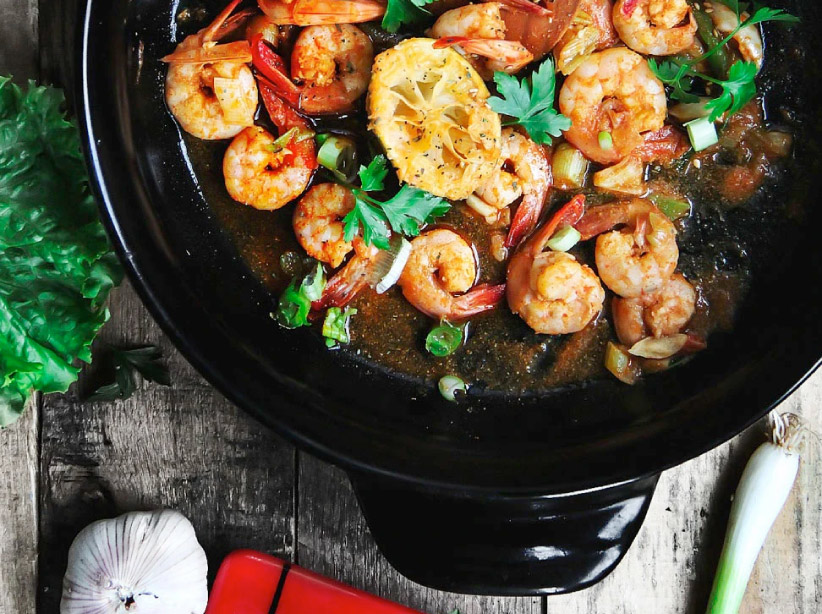
The thing is high-quality healthy cooking oils are not as easy to come by as you might think; they are pretty much never found in processed foods, and they are even difficult to locate in higher-quality natural and organic packaged foods. Top-quality oils are also considerably more expensive than lesser-quality oils, which is why food manufacturers and most restaurants don’t have a penchant for using them. You get what you pay for when it comes to oil.
You want to look for oils that are cold-pressed and unrefined. You specifically want to avoid refined oils that have been processed with chemicals, exposed to high heat (refined oils are often heated up to 470ºF, which damages them significantly), or deodorized.
The best-quality cold-pressed oils are expeller pressed in a heat-controlled environment to keep temperatures below 120ºF. It’s important to note that although Europe has rigorous standards in place for the terminology of cold pressing (fully unrefined oil extracted at temperatures below 122ºF), the phrase cold pressed has been used erroneously in the United States for a number of years and is often employed as a marketing technique. You really have to do a bit of homework on the oil brands you choose and not just grab one from the shelf because the company has invested in a splashy marketing campaign or pretty packaging.
Processing can damage even healthful oils. For example, when it comes to buying olive oil and coconut oil, you want to buy only cold-pressed, extra-virgin oils that are made from the very first pressing and thus have more nutrients, more antioxidants, and superior flavor. We always use extra-virgin olive oil and extra-virgin coconut oil for this reason.
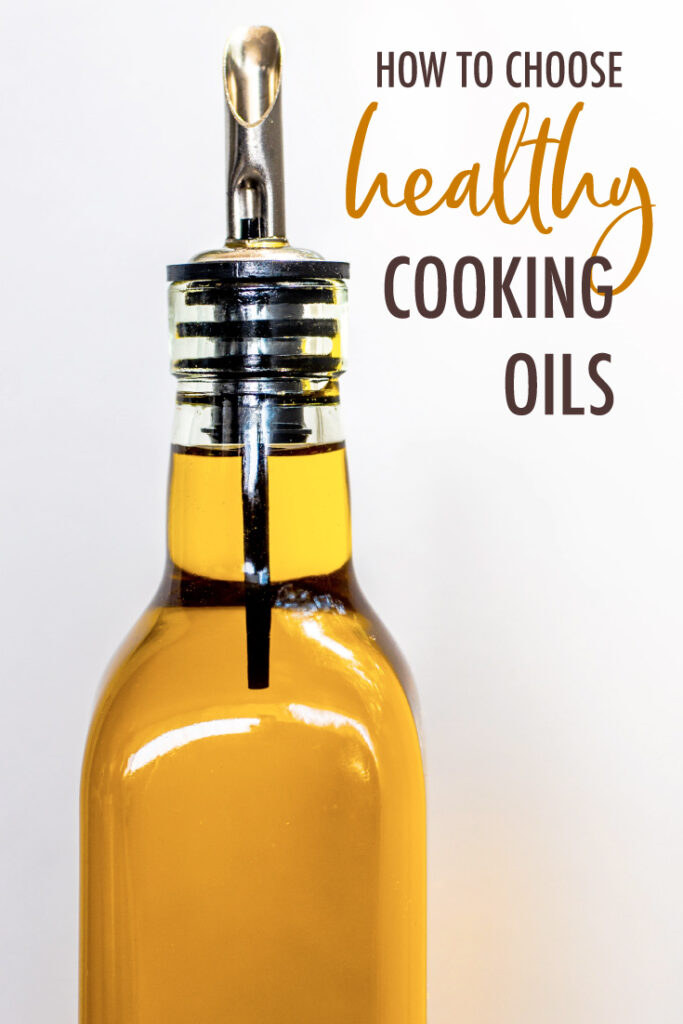
Pin this to your cooking board for later!
Our Favorite Healthy Cooking Oils for Recipes Using Heat:

Note: With the exception of extra virgin coconut oil, all of the oils listed below in this category can also be used for no-heat recipes (such as salad dressings). Extra virgin coconut oil can be used at room temperature as an alternative spread to butter.
Extra Virgin Olive Oil
The acronym EVOO might have been made popular by cooking personality Rachel Ray, but extra-virgin olive oil has been a mainstay of the Mediterranean diet and is one of the oldest known culinary oils. Extra-virgin olive oil contains predominately monounsaturated fat. It also contains antioxidants and flavonoids that help prevent bad LDL cholesterol from oxidizing and becoming dangerous to your blood vessels. However, extra-virgin olive oil cannot be heated to extremely high temperatures or it will spoil, so be careful to cook on low heat, such as low-heat sautéing.
You can roast vegetables with extra-virgin olive oil and even bake with it, but again, keep the heat low, below about 400 degrees. By the way, a good test for any oil is that if it smokes, the heat is too high. We love the Kirkland’s Brand from Costco and we know you will too – especially the cost.
Extra Virgin Coconut Oil
Pressed from the fruit of the coconut palm tree, a superior-quality extra-virgin coconut oil will not make your food reek of some tropical-smelling sunscreen. It is surprising that a high-quality extra-virgin coconut oil has almost no smell when used for cooking. Instead, it delivers a luxurious richness that can compete head to head with butter. In fact, in the vast majority of recipes that call for butter, extra-virgin coconut oil can be used as the perfect Clean Cuisine substitute. You can even bake with it. We love how it can withstand high-heat temperatures without oxidizing. We don’t fry many foods, but when we do we use only extra-virgin coconut oil because it is so heat stable that it can even withstand the high heat associated with frying without spoiling and without any risk of creating trans-fats. Our favorite brand is Barlean’s, made from hand-selected, freshly picked coconuts. Again, Barlean’s and other brands are available at Amazon.
Macadamia Nut Oil
Part of the popularity of macadamia nut oil stems from the fact that it is richer than any other oil in monounsaturated fat, even richer than olive oil! This nutritious oil finds favor with chefs all over the world for its versatility and practicality of use. With a rich, nutty flavor it’s absolutely amazing drizzled on salads, beans, and whole grains. Note too that macadamia nut oil has a high smoke point of around 425ºF, which is higher than that of olive oil. Because it has such a high smoke point, macadamia nut oil does not break down into toxic by-products that are harmful to your heart and overall health. All in all, it’s a very practical addition to your Clean Cuisine cabinet, especially for occasions when olive oil can’t be used due its lower smoke point. We love this
Avocado Oil
Pressed from avocadoes, this smooth, buttery and mellow oil is more than 50% monounsaturated. It has a much higher smoke point than olive oil, so it is a good alternative to olive oil for recipes using high heat (avocado’s smoke point is about 510 degrees compared to olive oil’s 350-400 degrees.) The downside is that avocado oil can be rather pricey, so you will only want to use a little bit. NOW Foods offers a reasonably priced option and we love this one
Superfood Red Palm Oil
We were amazed to learn how rich unrefined red palm oil is in ten different anti-aging antioxidant carotenoids (including lycopene, which is found in tomatoes, as well as beta-carotene) as well as numerous phytonutrients, antioxidant vitamin E from hard-to-come by mixed tocopherols and tocotrienols, phytosterols and CoQ10. It has a rich, buttery flavor and is absolutely delicious in soups, sauces, dressings, pilafs, stews, and so much more! This has definitely become a pantry staple for us. Click HERE to learn more about the many benefits and culinary uses of unrefined red palm oil. Our favorite
Our Favorite Healthy Oils for No-Heat Recipes:

Flax Oil
We love golden flax oil for its uniquely hefty dose of omega-3s (in the form of LNA) just as much as we love it for its earthy, nutty flavor. It’s perfect for making pesto, hummus, and vinaigrette, but we also love dipping our whole grain bread in little bowls of flax oil with a bit of fresh rosemary, freshly ground pepper, and sea salt. You do have to be very choosy about the flax oil you buy because for whatever reason many brands are not fresh.
Our favorite brand for consistently and reliably fresh , available at most health food stores and many grocers.
Walnut Oil
A culinary treat delivering a nearly optimal omega-3 to omega-6 ratio, walnut oil is sensational for adding the finishing flavor touch to many vegetable, pasta, and whole grain salad dishes. It’s also the perfect delicately flavored oil base for vinaigrette recipes and is particularly delicious in raspberry and lemon rind vinaigrettes. Our favorite
Truffle Oil
Along with anchovy paste, truffle oil is another one of Ivy’s secret Clean Cuisine culinary ingredients. Truffle oil can be made by infusing the flavor of truffles into any oil, but for health reasons we prefer to buy truffle oil infused into olive oil. As with other oils, not all truffle oil is created equal. Some truffle oils are made from an organic compound called 2,4-dithiapentane—derived either naturally or from a petroleum base—mixed together with olive oil. It is not surprising that those oils don’t taste so good.
Our favorite brand is Roland. This stuff is not cheap, but believe us, an itsy bitsy, teeny tiny little bit goes a very long way toward creating culinary bliss. We especially love black truffle oil drizzled on baked potato fries, roasted vegetables, whole grains, salads, and any dish with mushrooms.
Clean Cuisine Oil Rules

There really are only four things you need to keep in mind with oil:
#1: Avoid pro-inflammatory omega-6 oils (such as corn oil, grapeseed oil, “pure” vegetable oil, soybean oil, sunflower oil, safflower oil, etc.) completely and instead choose primarily omega-3 oils like flax oil or monounsaturated oils like extra-virgin olive oil. Plant-based saturated fat oils like extra-virgin coconut oil can be used in moderation for high-heat cooking.
#2: Be choosy and select only the absolute highest quality oils. This means you want to look for unrefined and expeller-pressed oils that have not been exposed to high heat.
Be very careful when cooking with oils and use only heat-safe oils, otherwise you risk damaging the oil and generating toxic byproducts. Heat-safe oils are monounsaturated oils (for moderate-heat cooking) and plant-based saturated fat oils (for high heat cooking.)
#3: Always use oil in moderation and use some common sense. Less oil is generally better. Zero oil is probably going overboard.
#4: Do not buy high-oleic oils (such as high-oleic safflower oil or high-oleic sunflower oil) to cook with at home and only eat prepared foods containing these oils in a pinch if the other ingredients are otherwise healthy. Food manufacturers like to use high-oleic oils because they don’t contain trans fats and they are highly shelf-stable. It’s not that the oleic acid itself is bad, in fact oleic acid is a monounsaturated fat that constitutes about 75% of the fat in olive oil. However, the oleic acid in olive oil is naturally-occurring and the oleic acid in high-oleic safflower oil or high-oleic sunflower oil is not. There’s a BIG difference! High-oleic acid oils are a processed food and they do not have the same nutritional profile of an unrefined oil that is naturally rich in oleic acid, such as extra virgin olive oil.

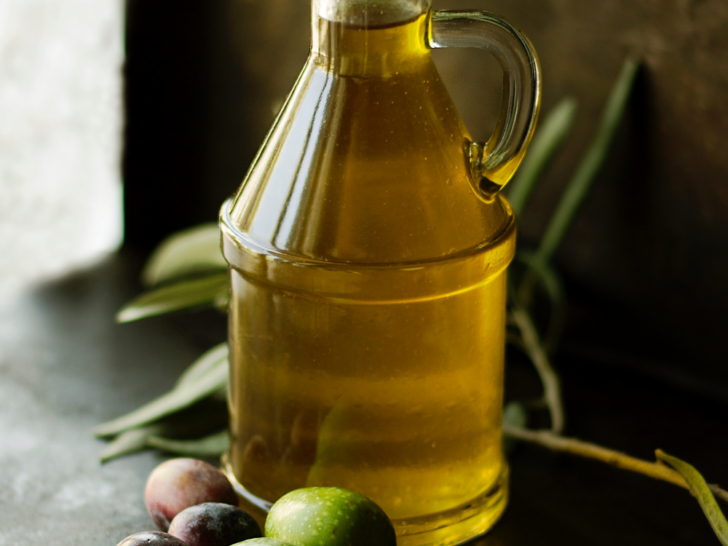
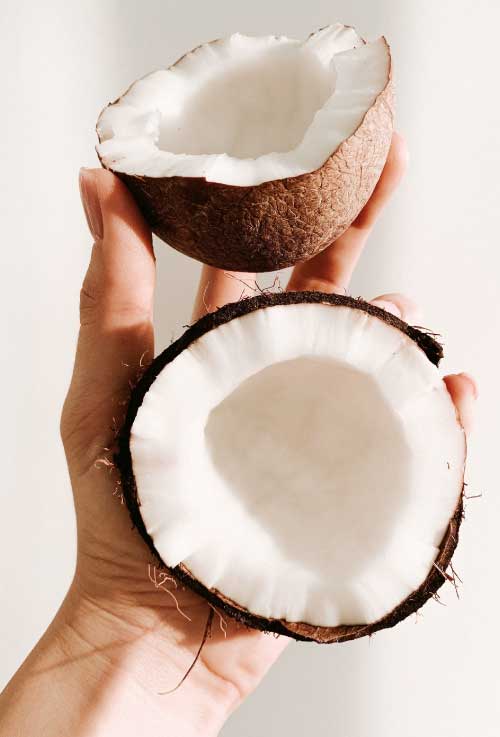

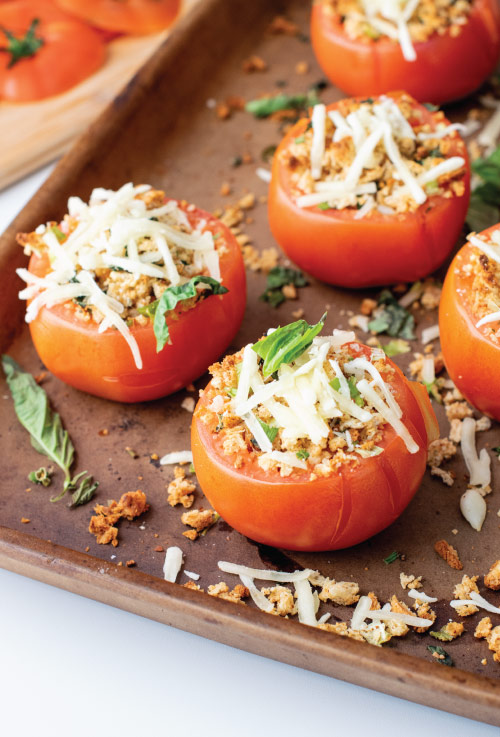
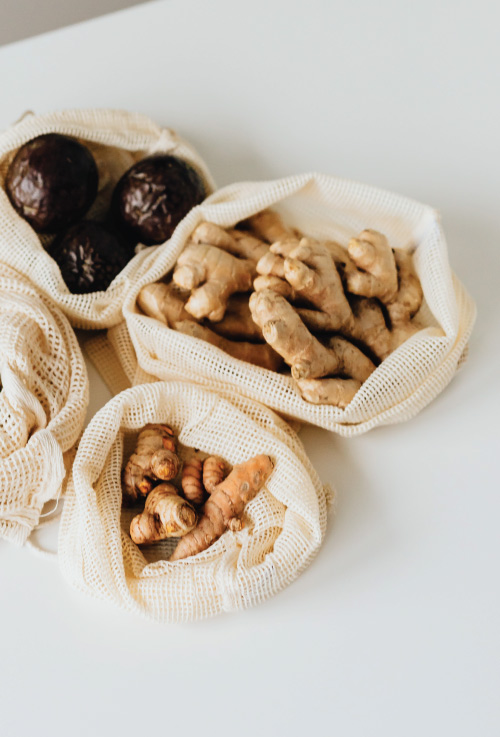

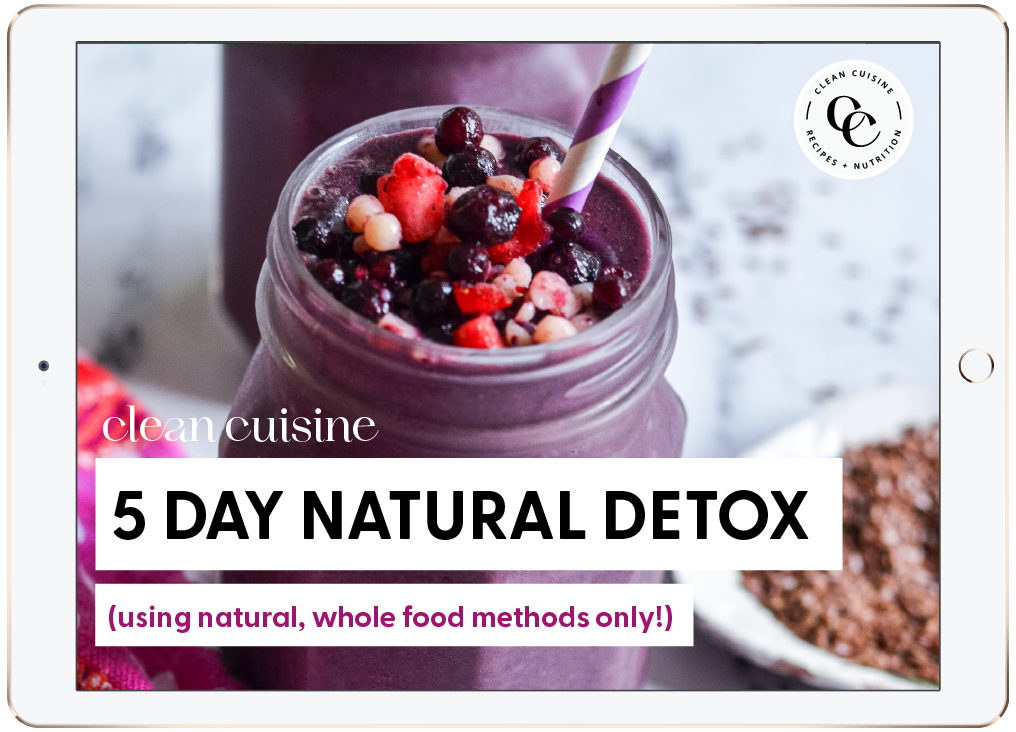
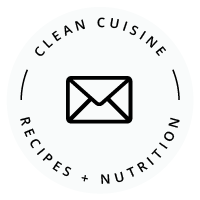
Marilyn
Saturday 24th of January 2015
I appreciate all your knowledge and information. This is pretty much the way I eat at home as well. I would be interested in hearing your opinion on cooking with ghee, which is something I occasionally use in my cooking. I know it is not considered an oil but I find it is a good substitute for cooking with oils. Thank you for all you do.
Ivy Larson
Saturday 24th of January 2015
Thank you so much for the positive feedback Marilyn and so glad you find the info helpful. I am definitely familiar with Ghee (clarified butter) and although it does have a very high saturated fat content, it IS a very heat-stable oil (more so than regular butter). I would say using ghee in moderation or for a special recipe is fine, but I wouldn't recommend it as your primary oil. Also it is very important to look for organic, grass-fed ghee that has been processed with care and high standards. Purity Farms is actually a great brand. Hope this helps?